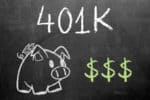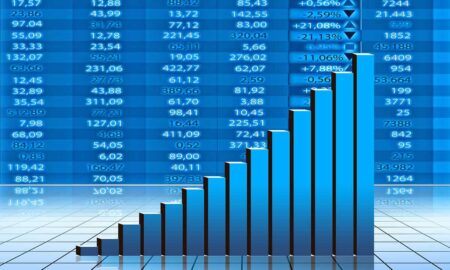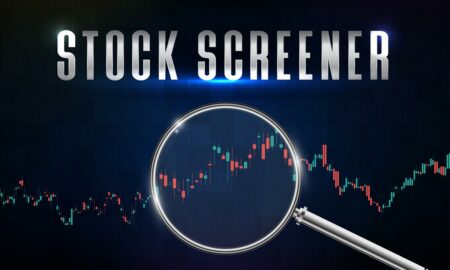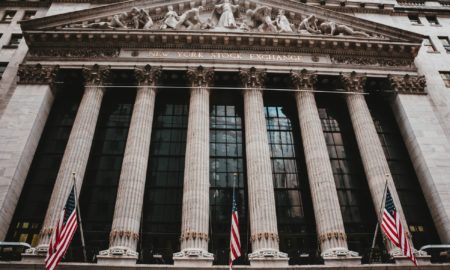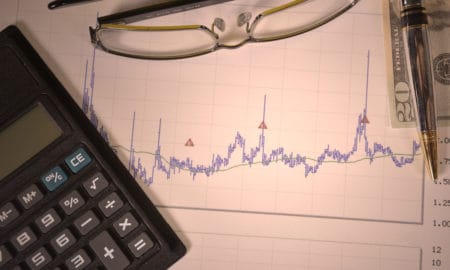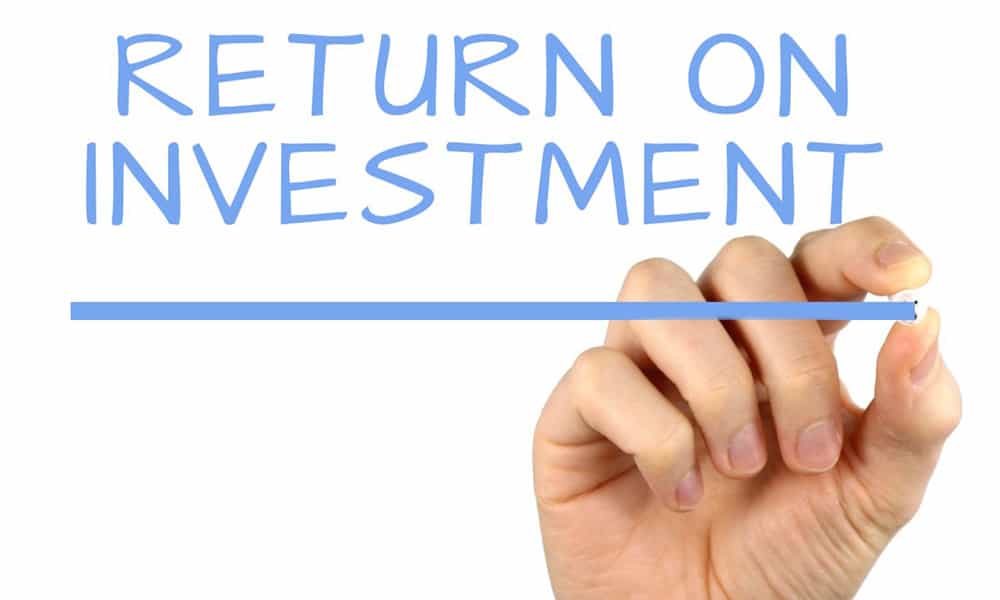

When talking about whether an investment’s return is good or not, the operative word is risk.
Riskier investments have to earn a better return to justify their risk. That’s why savings accounts pay 1% or less in interest each year while other investments can return ten times that much or more.
But novice investors often make the mistake of chasing after unrealistic rates of return, without understanding the crucial relationship between risk and returns.
Risk, Volatility, and How They Are Measured
Investment risk is the possibility that you will wind up with less money than you had originally.
For example, when you buy a bond, what you’re really doing is making a loan to the seller of that bond. You expect to earn a return on that loan, namely the interest rate that the bond pays. However, there is a risk that the company or government paying the loan could become unable to pay you what you’re owed.
If you buy a $1,000 bond, but the borrower only gives you $750 back before they are unable to make additional payments, you’ve lost $250, not to mention the loss of the returns you were expecting.
Investors’ willingness to take on that risk is why they are able to earn a return. Investors also need to be compensated for the volatility of the investments they purchase.
When you buy a share of a company, you pay whatever the share is worth at that time. The stock market is open five days a week and people are buying and selling shares every second that the market is open.
The share that you buy may sell for more or less seconds after you purchase it. A week or two later it could be worth half as much, or twice as much as you paid. Even though the market as a whole has steadily gone up over the past century, and we can identify factors that make a stock go up and down in the long term – trying to predict stock prices in the short term is nearly impossible.
How much an investment’s value can change over short periods of times, as well as the difficulty of knowing in which direction it will move is the volatility of the investment.
More volatile investments need to provide higher returns to justify their volatility.
So What is a Good Return on Investment?
Because the return on investment is determined by its risk and volatility, an investment that provides a good return is one that provides more return than its risk and volatility require. Knowing the return that an investment requires to justify its risk and volatility requires comparing it to similar investments.
If every savings account in the world offers 1% interest, and you find one that offers 1.2%, that account provides the best return on investment. We can state this confidently because you get that extra .2% return for no additional risk or volatility.
Seeking Alpha
In the investing world, alpha and beta are used to measure investment returns when factoring in risk.
Alpha (α) is a measurement of the return you’ve earned on an investment compared to how risky and volatile the investment is. It is calculated using the formula:
α = Realized return – (Risk-free rate + (Return of the market as a whole – risk-free rate) beta)
The risk-free rate is the return that you can earn on investments that have no risk at all. Typically, the return on a three-month US Treasury bill is used as the risk-free rate for American investors.
A positive alpha means that you’ve earned a better return than expected given your investment’s risk and volatility. A negative alpha indicates that your returns were worse than they should have been given the risk you took on.
To calculate alpha, you need to know the beta of your investment.
Beta (β) is a measurement of an investment’s volatility. It is calculated using a complicated regression analysis. A beta of 1 means that the stock is exactly as volatile as the market as a whole. A higher beta means it is more volatiles, a lower beta means it is less volatile.
Average Return on Different Types of Assets
Different classes of asset, stocks, bonds, precious metals, real estate, et cetera have different risks associated with them. Because the risks inherent to the type of investment are well known, some parts of investing have become common knowledge.
Stocks give you a high return on investment, but have significant risk while bond returns are slow and steady.
So just what is a good return on investment? 54.2% is a historically good 1 year return in the stock market, 32.6% for Bonds, and 27.6% for real estate. However, by definition as a 1 year historical high, this should be considered a non-sustainable ceiling on investment returns.
1 Year Returns by Asset Class Since 1926
| Worst | Average | Best | |
| Stocks | -43.1% | 10.1% | 54.2% |
| Bonds | -8.1% | 5.4% | 32.6% |
| Real Estate (REITs since 1970) | -46.5% | 11.4% | 27.6% |
As you can see, the higher the risk, the higher the average return your investment will earn. The returns listed above are for indexes of those assets, meaning the return you’d earn if you bought a little bit of every stock in the US, or a little bit of every bond available.
If you get more hands on with your investments, you can try to beat the market, though this is very difficult to do, even for professionals. Only 1 out of 20 professional mutual fund managers beat the market each year. It’s hard to know what stocks to buy, even for the pros.
Getting A Higher Return On Investment
One investment where getting hands-on can really improve your returns is in real estate. If you’re will to put in some DIY work to improve a fixer-upper, you can flip the house for a huge profit, or rent it out for much more than you pay on the mortgage each month.
You can also purchase homes in currently unexciting, or even downtrodden neighborhoods that are or may soon be on the rise (though investing in less savory neighborhoods is another example of where taking on increased risk can mean higher returns…and also more headaches). If you keep your house in an up and coming neighborhood in good shape, you can sell it for a significant profit once the neighborhood improves and property values rise.
How Fees Hurt Your Return
One thing to take note of when trying to earn the best return possible is how fees affect your returns over time. Even if you are able to consistently beat the market by 1%, if your trading fees and expenses total 1.5% of your investments, you’re actually losing money.
The high fees that asset managers charge make it even more difficult for them to earn you a good return because they have to beat the market by a percentage that exceeds their fees each year.
This example will illustrate the effect of fees over time. If you invest $10,000 at 10% interest for 30 years, you’ll have $174,494.02 at the end. Add a fee as small as .5%, and your balance will instead be $152,203.13. More than $20,000 lower.
Finding low fee investment options is as important as finding investments that provide a good return. Choosing one of the best online stock brokers is essential.
Understanding risk and its relationship to returns can be difficult, but making sure that you only take on risk that is commensurate to the return you’ll earn will help you avoid making costly mistakes with your investments.
Photo credit: CC BY-SA 3.0 Nick Youngson









